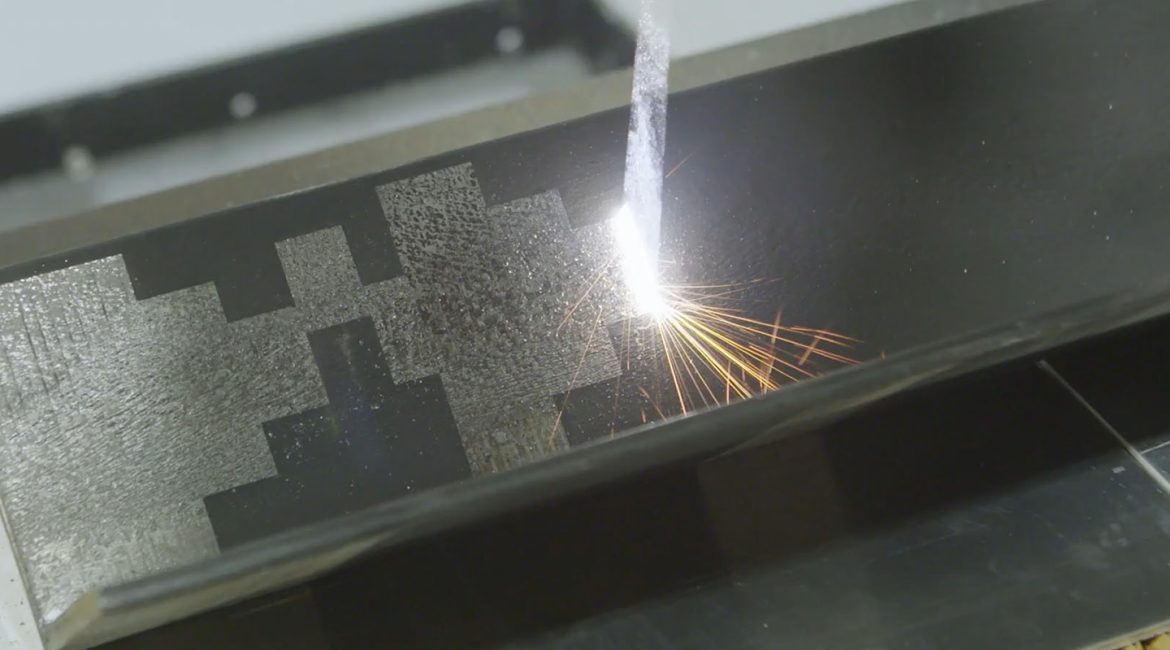The Superior Advantages of Laser Cleaning
As a novel cleaning technology that has emerged in recent years, laser cleaning offers numerous advantages compared to traditional cleaning methods. Laser cleaning is characterized by its non-abrasive, non-contact, and non-thermal effects, and its suitability for various materials. It effectively removes contaminants such as rust, oil, films, oxide scales, and paint from object surfaces without damaging the substrate. The primary mechanism involves the absorption of laser energy by surface contaminants, leading to either vaporization and evaporation or rapid thermal expansion that overcomes the surface’s adhesion forces, thus detaching the particles and achieving cleaning.
In some specialized fields, laser cleaning is even the only effective cleaning technique. For example, when workpiece surfaces are contaminated with sub-micron-sized particles that adhere tightly, conventional cleaning methods may fail to remove them. However, using nano-laser radiation to clean the workpiece surface proves highly effective. Furthermore, laser cleaning is exceptionally safe for cleaning precision workpieces or their intricate parts, ensuring their accuracy. These advantages make laser cleaning uniquely advantageous in the cleaning industry.
Let’s explore the special talents of laser cleaning:
1.Non-Contact Cleaning, Protecting Object Surfaces: Traditional cleaning methods often involve contact, applying mechanical force to the surface of the object, potentially damaging it. Additionally, cleaning media may adhere to the cleaned surface, leading to secondary contamination. The non-abrasive and non-contact nature of laser cleaning resolves these issues effectively.
2.Non-Damaging Cleaning, Wide Range of Applications: Laser cleaning can remove various types of contaminants from the surfaces of diverse materials, achieving a level of cleanliness that conventional cleaning cannot match. More importantly, it can selectively clean contaminants from the material surface without causing damage.
3.Precise Positioning: Using fiber optic transmission to guide the laser, in conjunction with robotic arms and robots, facilitates remote operation. This allows for non-contact laser cleaning of hard-to-reach areas such as irregularly shaped parts, holes, and grooves, which are difficult for traditional cleaning methods to access. This is particularly useful in hazardous environments, effectively ensuring personnel safety.
4.Pollution-Free Process: Laser cleaning eliminates the need for chemical cleaning agents, thereby preventing the generation of cleaning waste liquids. The contaminant particles and gases produced during the laser cleaning process can be easily collected and purified using a portable exhaust fan, avoiding environmental pollution.
5.Low Running Costs: Laser cleaning systems are stable and durable. The pulsed lasers used in laser cleaning machines have an exceptionally long lifespan, typically lasting up to 100,000 hours. There is no consumption of consumables during use, resulting in low running costs. Only periodic cleaning or replacement of lenses is required, making it nearly maintenance-free.
As an advanced technology suitable for industrial production, laser cleaning can be integrated into automated production lines like traditional cleaning technologies, serving as an indispensable process in industrial manufacturing. Examples include weld seam treatment before and after welding, localized dirt removal before painting, and cleaning oxides during the production of highly active metals.
Laser cleaning technology is now widely used in numerous fields such as industry, construction, cultural heritage preservation, and medicine. However, the application potential of laser cleaning technology is far from fully exploited. As laser performance continues to improve and prices decrease, laser cleaning technology will be more widely applied in human production and daily life.

